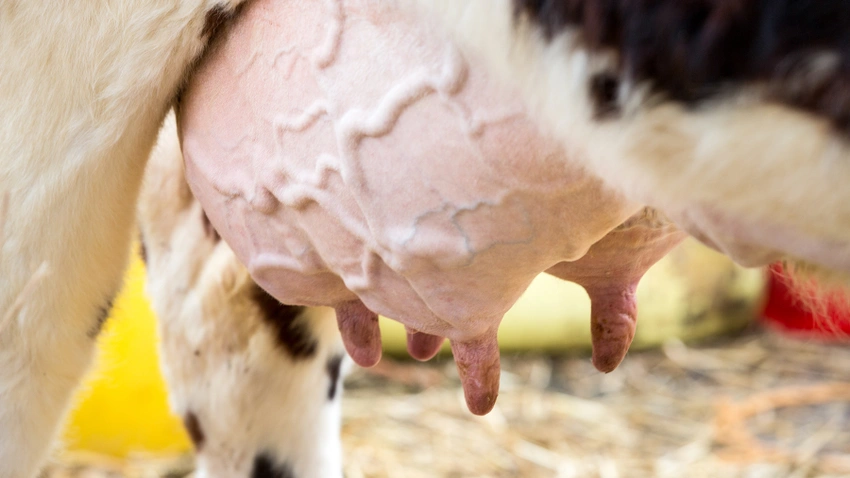Effective Strategies for Preventing and Managing Mastitis in Kenyan Dairy Herds
Mastitis, an inflammation of the udder, remains one of the most prevalent and costly diseases in dairy farming, impacting milk production, cow health, and farm profitability. For Kenyan dairy farmers, preventing and managing mastitis is of paramount importance. Read on as we delve into practical tips and best practices to help you effectively prevent and control mastitis in your dairy herd.
Understanding Mastitis
Mastitis is a complex disease caused by bacterial infections, often entering the udder through the teat’s opening. It leads to a variety of symptoms, including swelling, heat, pain, and changes in milk consistency or color. Long-term, chronic mastitis can result in reduced milk production and the culling of affected cows.
Prevention Strategies
1. Maintain Hygiene Standards
- Pre-Milking Preparation: Ensure clean, dry udders and teats before milking. Use individual disposable towels for each cow.
- Milking Equipment: Regularly clean and maintain milking machines to prevent bacterial contamination.
2. Proper Milking Techniques
- Gentle Handling: Avoid rough or aggressive milking practices, as they can cause udder injuries that may lead to mastitis.
- Complete Milking: Ensure all quarters of the udder are fully emptied during each milking session to prevent residual milk, which can become a breeding ground for bacteria.
3. Dry Cow Management
- Teat Sealing: Use teat sealants during the dry period to prevent bacteria from entering the udder.
- Nutrition: Provide proper nutrition to dry cows to maintain their immune system and overall health.
4. Cull Chronically Infected Cows
- Regularly test and identify cows with chronic mastitis infections and consider culling to prevent further spread.
5. Monitoring and Record Keeping
- Keep detailed records of individual cow somatic cell counts (SCC) and clinical mastitis cases to identify problem cows and trends.
- Regularly monitor cow udders for any signs of inflammation or swelling.
Management Strategies
1. Prompt Treatment
- If mastitis is detected, treat affected cows promptly with antibiotics prescribed by a veterinarian. Follow withdrawal periods for treated cows to ensure milk safety.
2. Quarantine and Isolation
- Isolate cows with mastitis to prevent the spread of infection to other cows in the herd.
3. Post-Milking Teat Disinfection
- After milking, apply a teat disinfectant to reduce the risk of bacterial entry into the udder.
4. Culling Persistently Infected Cows
- Cows that repeatedly suffer from mastitis may need to be culled to prevent further herd infections.
5. Milk Quality Testing
- Regularly test milk for quality and bacteria levels. Use the results to make informed management decisions.
Continuous Education and Training
Stay updated with the latest information and technologies related to mastitis prevention and control. Attend workshops, seminars, and training sessions to enhance your knowledge and skills in managing mastitis effectively.
Mastitis is a significant challenge for Kenyan dairy farmers, but with the right strategies and a proactive approach, it can be effectively managed and prevented. Prioritizing hygiene, proper milking techniques, and a comprehensive management plan will not only improve the health and well-being of your cows but also contribute to increased milk production and the long-term profitability of your dairy herd. Remember, a proactive stance against mastitis is an investment in the future success of your dairy farming operation.
